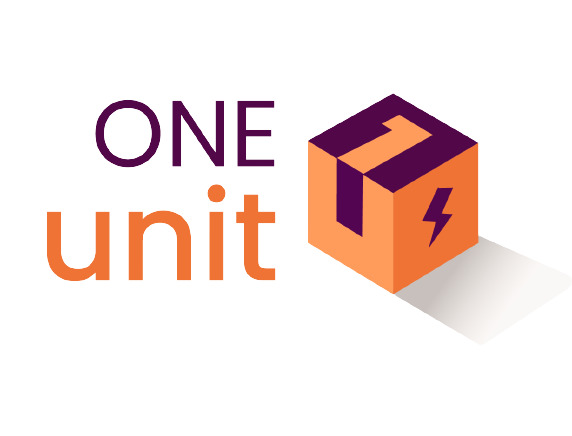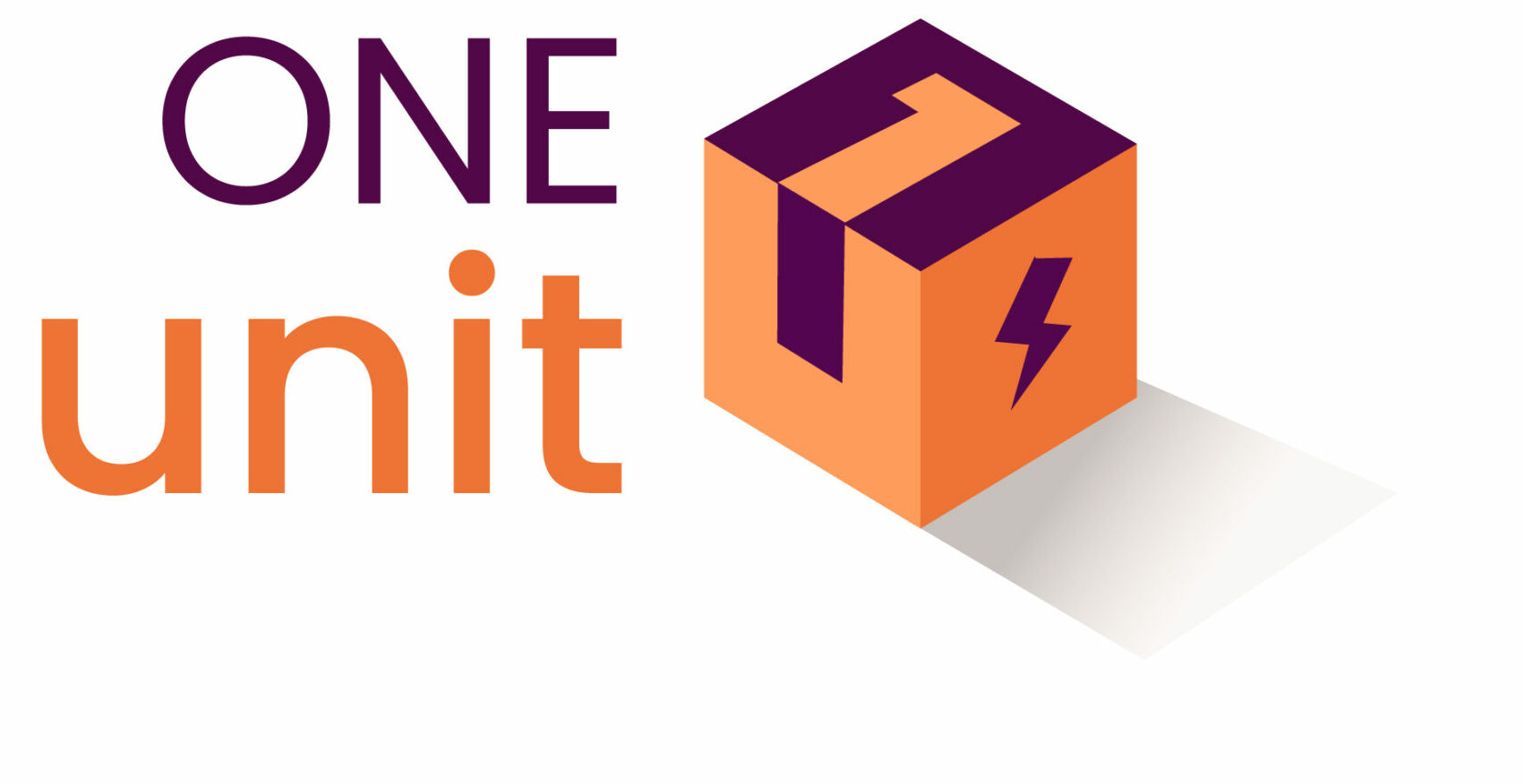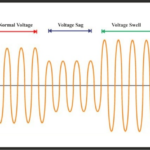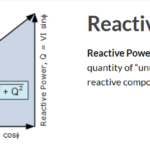What is Maximum Demand in electricity?
Maximum demand is the highest level of electrical power consumption during a specific period of time. This measurement is essential for electrical utility companies to properly size and design their electrical distribution systems to ensure reliable and safe power delivery to their customers. It is also critical for businesses and industries to manage their energy usage and avoid costly peak demand charges.
Electricity use is metered and charged in two ways:
- Total consumption (kWh / kvah) in a given month.
- Maximum demand (kW or kVA) i.e the maximum power value during a specified time interval, usually the average of 15 minutes (may vary) reached during the billing period.
In this blog post, we will explore the concept of maximum demand in more detail, including how it is measured and managed
Calculation of Maximum Demand?
How is commercial electricity demand charges calculated?An MD charge varies with the tariff policy and is calculated as the average power used over the defined billing interval (10, 15 or 30 min) either by sliding window or fixed demand calculation depending on customer usage.If your facilities tend to use a lot of power over short periods of time, demand charges will make up a much larger part. Substantially, you’ll be paying more because of your usage spikes. Let’s consider the examples below

Company X steadily requires 100 kW over the line of a 720-hour per month.
- Energy usage = 72,000 kWh (100 kW x 720 hours)
- Utility charges = Rs. 11 per kWh
- Energy charges they pay Rs. 79,2000
- Demand charges = Rs. 350 per kVA per month
since their maximum power requirement for any demand interval was 100 kW, they’ll also pay Rs. 38,888.85 in demand charges for the month (Rs. 3508 x 111.111 kVA)Here demand charges represent 4.91% of Company X’s total electric bill of Rs. 8,30,888.85 Company Y uses less electricity over the month: 10 kW per hour for 719 hours.
However, they do use 100 kW for one hour every month to start up and bring their machines on line.Monthly energy usage is 7,190 kWh + 100 kWh = 7,290 kWh.
At Rs.11 per kWh/kvah, Energy charges per month = Rs. 80,190 in energy charges; Demand charges = Rs. 38,888.85.
Since their maximum power requirement was also 100 kW—even though this peak power need is only for an incredibly small portion of the month.Here demand charges represent 48.49% of Company Y’s total electric bill of Rs. 1,19,078
That’s huge!!!
How to Reduce Demand Charges?
Believe no energy efficiency adjustments you can make immediately. To reduce your demand charges, get started by some necessary actions.
- Disconnect non critical loads, on different time periods, and also avoid connecting loads simultaneously to reduce the instantaneous power.
- Gain visibility to your energy data by real-time monitoring, which will show you when your demand for electricity is high and will allow you to change methods for cutting those peaks, also the demand charges.
- Forecasting MD & load shedding if exceeding the contract demand (CD)

Thus by Oneunit real time monitoring MD can be brought under control and avoid paying huge penalties which saves time, as well as the labor work required.
Contact us for free demonstration at your premise
Call us on: 8291366254
Mail us at:prashant.yadav@oneunit.in





